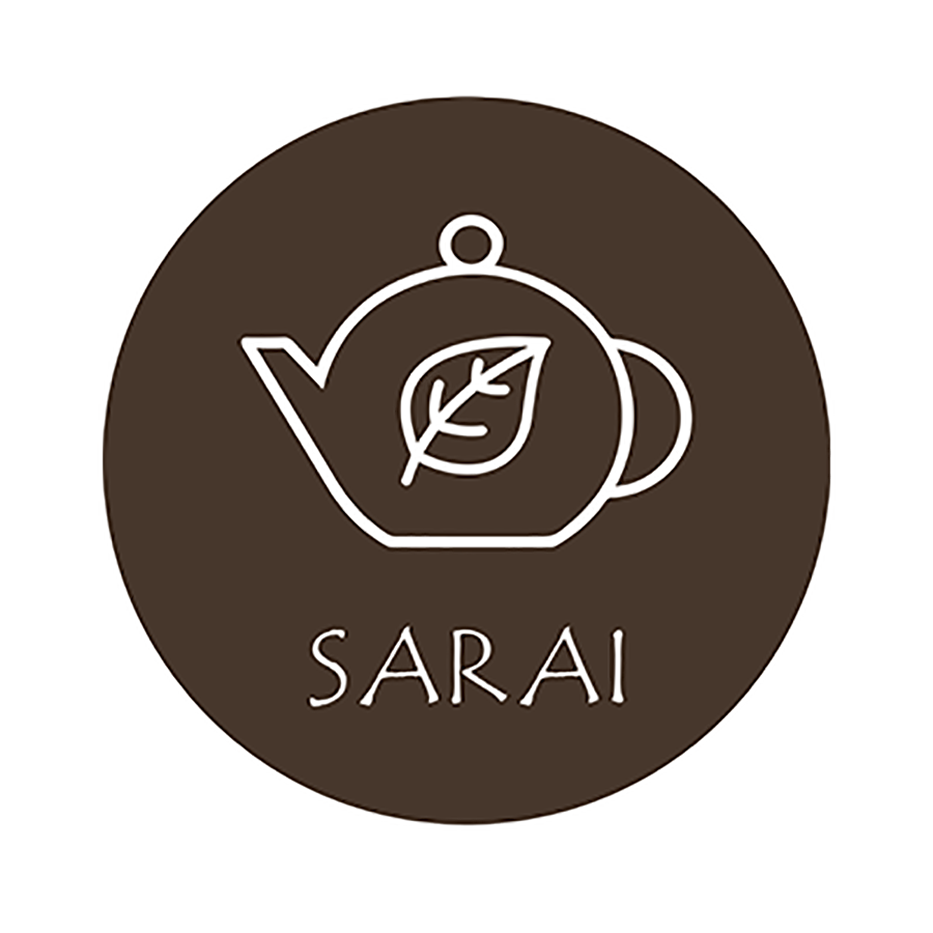Sayama tea (Saitama prefecture)
|
Many of these teas are roasted strongly, giving them a rich flavor and strong aroma.
|
Shizuoka tea (Shizuoka prefecture)
|
It accounts for 50% of the national production.
Famous teas include Motoyama tea, Kawane tea, Kakegawa tea, and Tenryu tea.
|
Nishio Tea (Aichi Prefecture)
|
It accounts for 70% of the world's matcha production and has contributed to the development of the tea ceremony.
|
Ise tea (Mie prefecture)
|
It ranks third in production volume. It is often distributed to Uji as well.
|
Uji tea (Kyoto Prefecture)
|
While production volume is declining, the company is focusing on matcha, high-quality sencha, and gyokuro.
|
Shirakawa tea (Gifu prefecture)
|
Because it is grown on cultivated land, it is of good quality and has a rich fragrance.
|
Murakami tea (Niigata prefecture)
|
It is said to be the northernmost limit of the tea industry, and cold-resistant tea is produced here.
|
Tosa tea (Kochi Prefecture)
|
Sencha is the main focus, with a strong aroma and flavor.
|
Yame tea (Fukuoka prefecture)
|
It has a rich, sweet taste and is characterized by little bitterness or astringency.
|
Ureshino tea (Saga Prefecture)
|
It is famous as the production area of kettle tea and royal green tea.
|
Higo tea (Kumamoto prefecture)
|
It is famous as a production area of Kamairicha and Tamaryokucha.
|
Hinata tea (Miyazaki prefecture)
|
Produces refreshing tasting sencha.
|
Kagoshima tea (Kagoshima Prefecture)
|
Its production volume is second only to Shizuoka. The "Yutakamidori" variety is famous.
|



